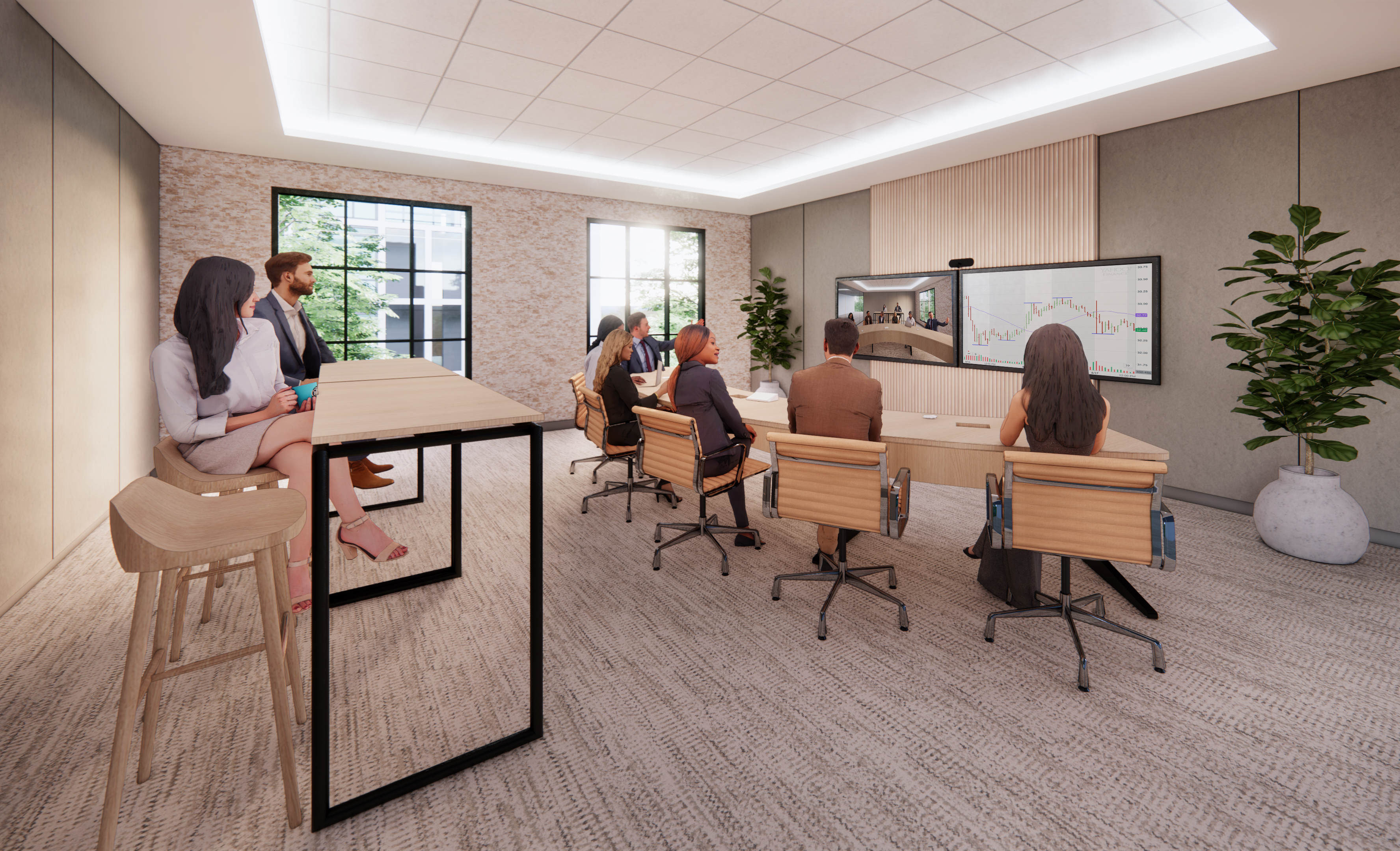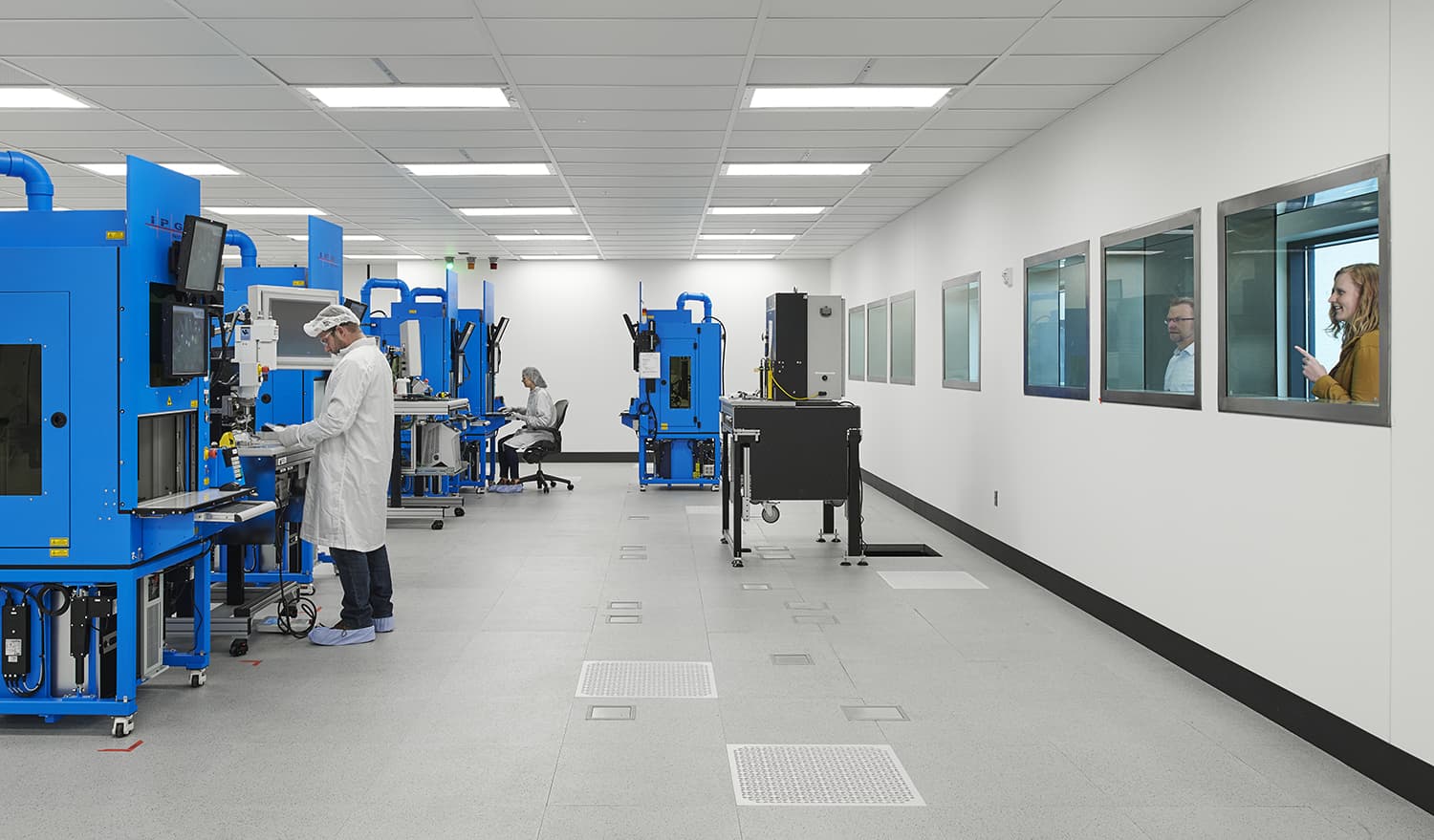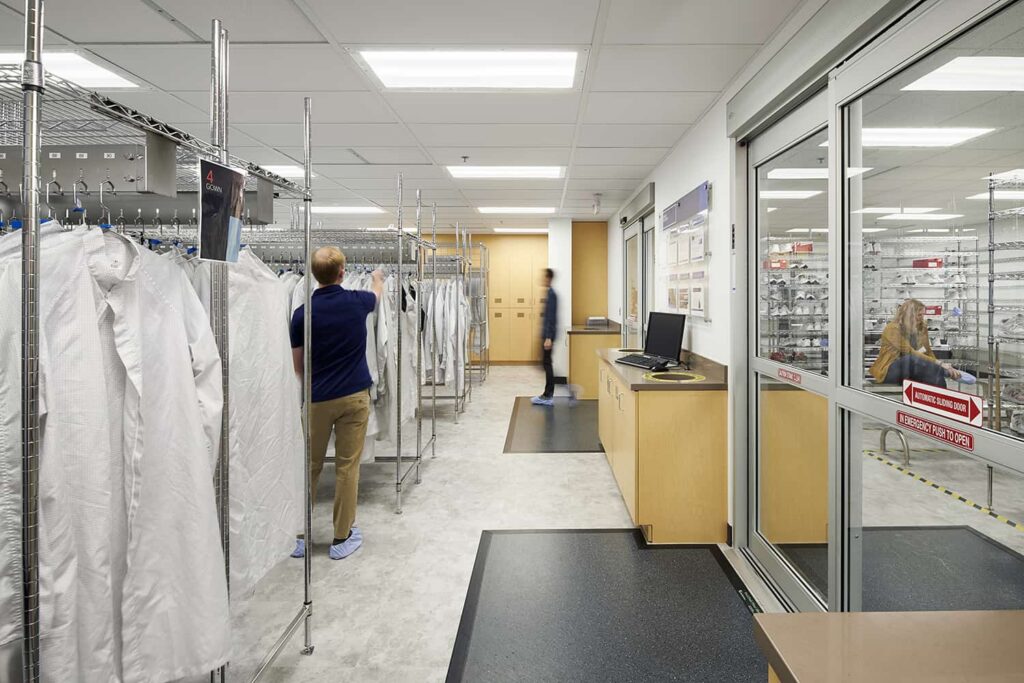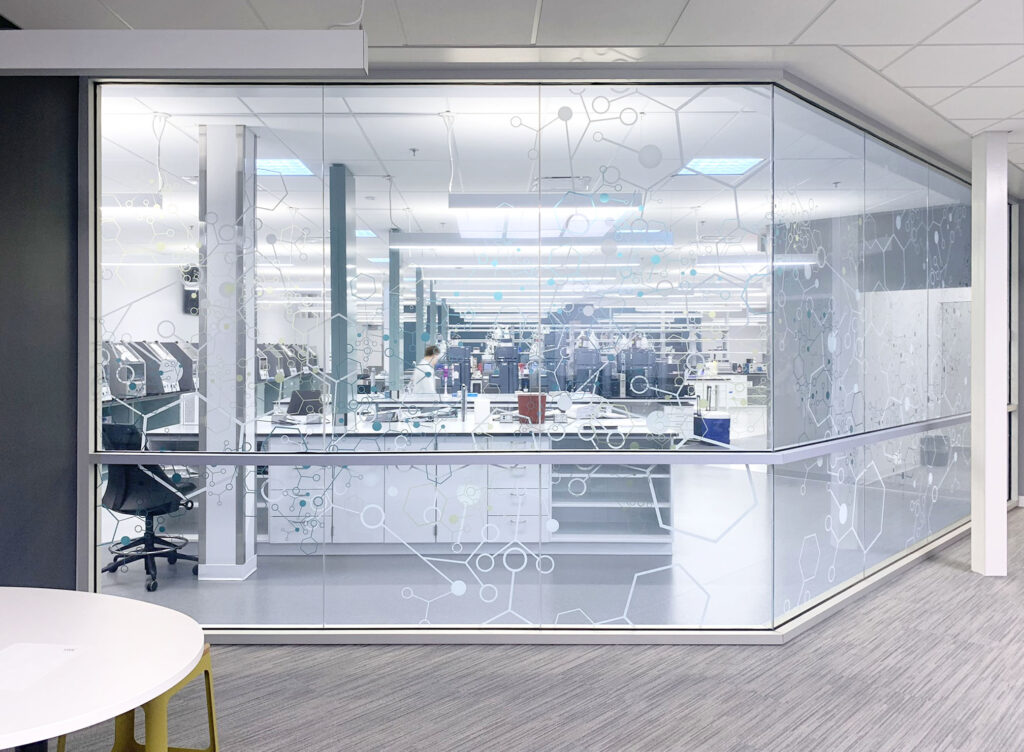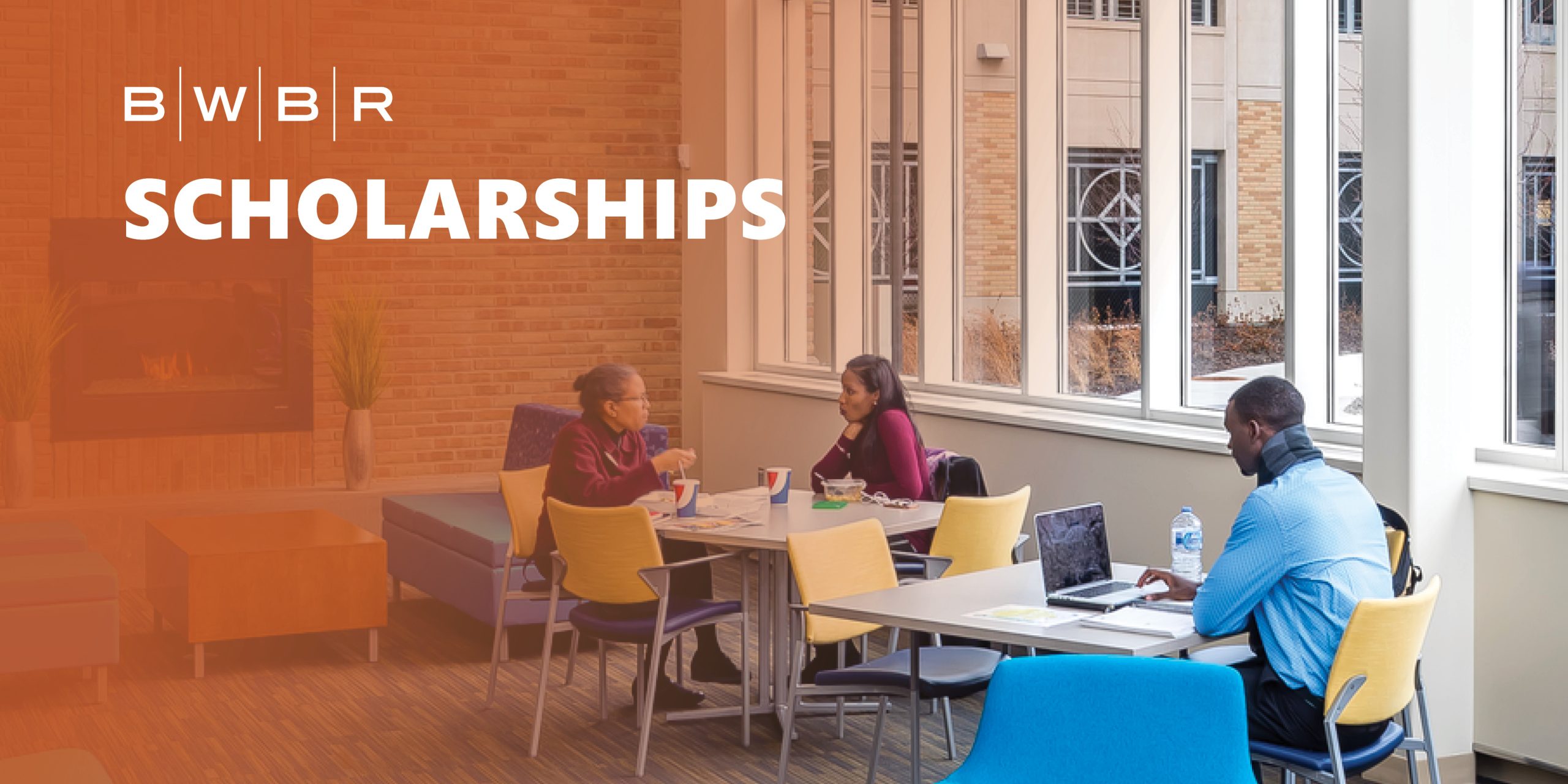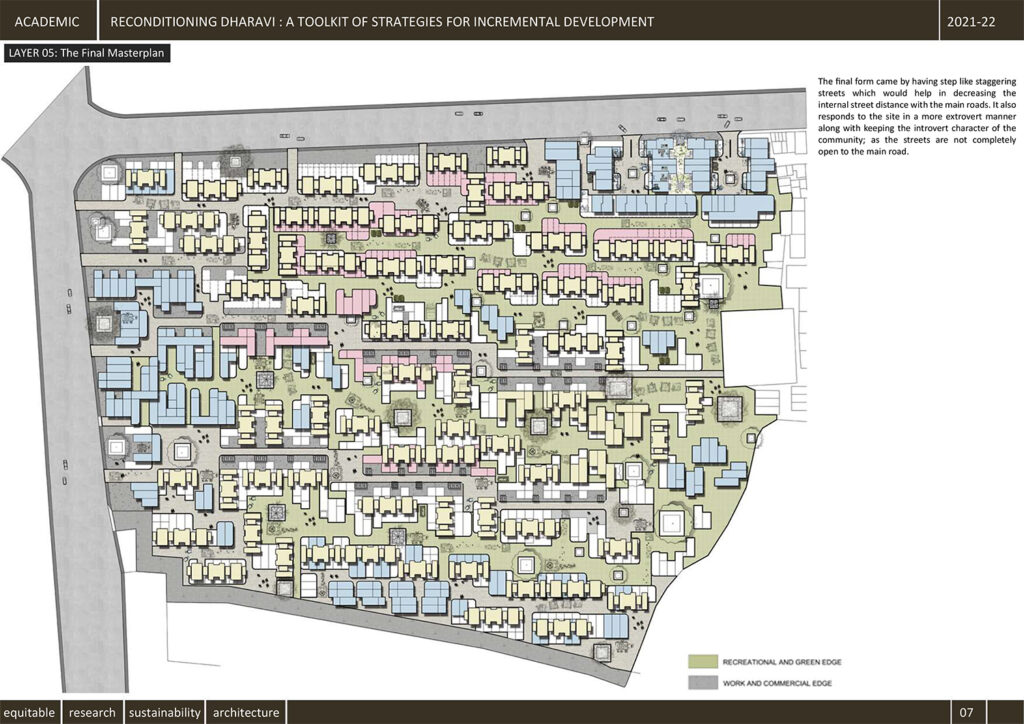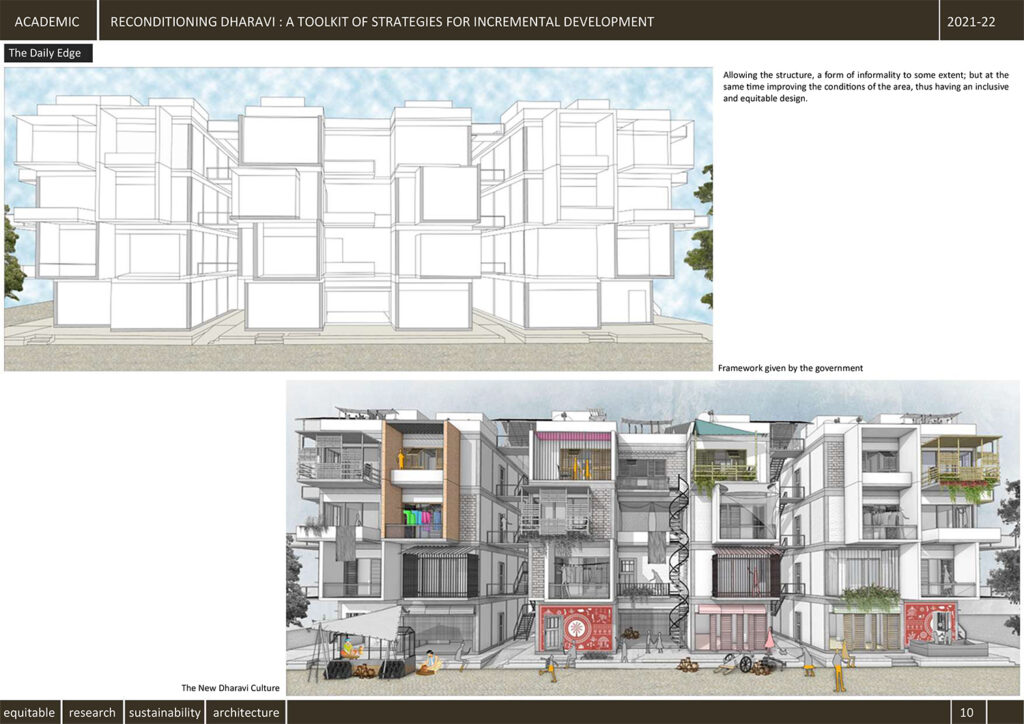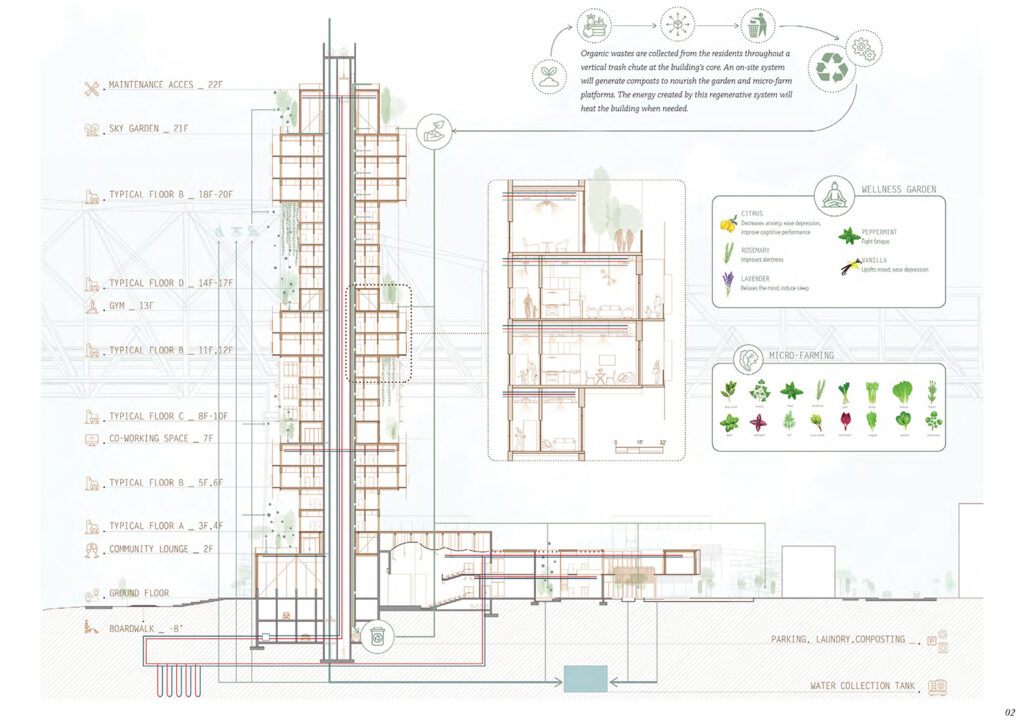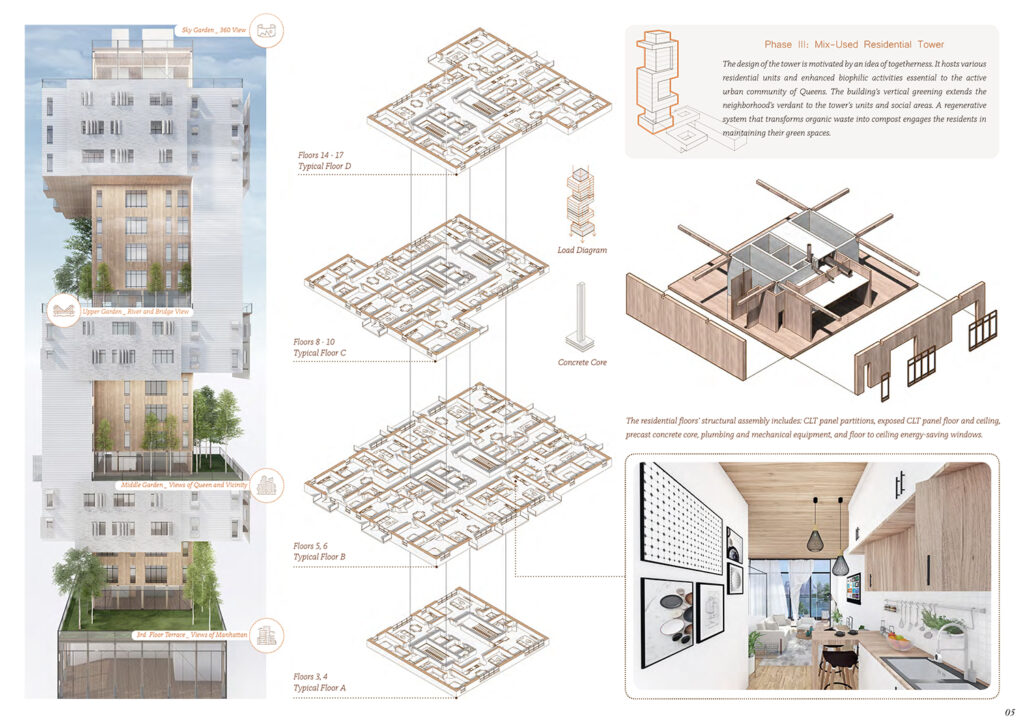2022 was certainly a year of surprises, not least of which were the “Great Resignation” and the failure of large-scale returns to office to materialize. While no one disagrees that the workplace has undergone tectonic changes, it is less clear how to understand these shifts and synthesize them into practical action for the coming year. BWBR looked to our workplace designers for their take on top trends for 2023. Their top tip? Organizations must accept that the reasons people come into the office have changed.
Flipping the Script
It used to be that the office was the place to get work done, and people stepped away to be inspired or recharge. That dynamic has flipped. Remote work allows staff uninterrupted time at home to focus, so accomplishing an individual’s day-to-day tasks is no longer a draw to physically return to an office. However, what the office does have to offer is a source of connection and energy — helping build relationships, provide inspiration, give meaning to the work, and promote learning and collaboration. Companies who understand and embrace this new dynamic have the opportunity to differentiate themselves and attract and retain top talent.
Since offices are competing with the home office, they need to be worth the extra drive time. Good ergonomics, a variety of private/focus and social spaces, wellness spaces, and high-quality video conferencing are the bare minimum that workers have come to expect, so companies will need to be creative to match their strategy to their culture and purpose. For example, one way BWBR has tackled this challenge is by initiating what we call Design Connect Days — coordinated, day-long events across all of our locations featuring mini design reviews spotlighting our teams and the work they are doing. These events offer both in-person and hybrid components for maximum flexibility and participation, but are specifically aimed at bringing people together to connect, learn, create, and collaborate.
One Size Does Not Fit All
Successful companies are refining their workplace strategies to fit their specific culture, workstreams, recruitment needs, and staff development strategies. While some organizations are requiring staff to come specific days (possibly tied to their function or department), others are requiring a number of days per week or month but leaving the specifics to the individuals, and yet others are allowing staff to have complete flexibility (this is where BWBR has landed). However, different strategies have different effects on space needs.
Companies need to allow for flexibility, providing a variety of spaces that can flex between assigned workspaces and shared, focus work and collaboration, in-person events and hybrid. This can seem like a daunting prospect, but approaching it as an evolution rather than a one-time shift can help. Prototyping can be helpful, allowing organizations to continue to evaluate and refine as they go. And for those looking at moving, consider operating in the new space for a while to figure out what kinds of functionality are really needed, then saving some of the space to build out in a future phase. It’s also important to factor in geographic and local considerations that may alter design solutions and highlight what amenities matter most to the local talent pool.
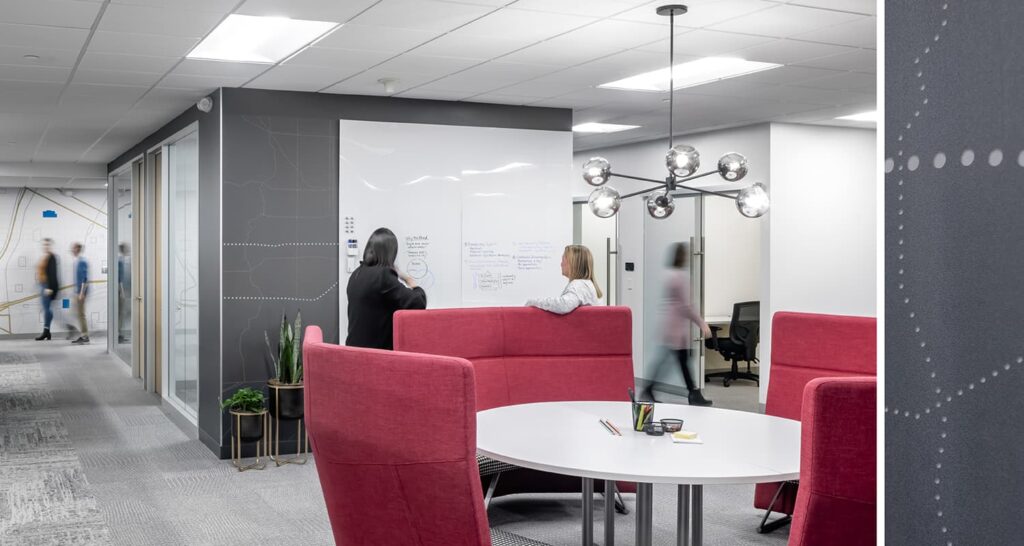
Making Meetings Work
If the office is to become the source of energy and connection, then the practicalities of supporting hybrid collaboration must be handled successfully. Strategic organizations must commit to improving the hybrid meeting experience. For example, the traditional rectangular conference room setup doesn’t work as well in the hybrid world, where any given meeting might contain both in-person and remote participants. Or placing a screen high above the head of the table might be less inclusive and natural in a hybrid meeting than a screen positioned at eye level relative to participants. Table design and orientation, camera locations, acoustics, microphones, data/electrical, and lighting all need to be considered as part of both the remote and in-person experience.
Talent as a Driving Force
Although some sectors are getting nervous about a recession, unemployment remains low locally and nationally, and attracting and retaining talent is still a significant driver for remote and hybrid workplace offerings. We expect to see continued consolidation of space as these arrangements become permanent, especially when combined with the fact that, as people became comfortable working remotely, employees moved farther from their offices, further encouraging companies to hire for fully remote positions.
If we do enter a recession, it might create a sort of fork in the road, whereby some companies will further commit to hybrid work and unload the unused space that they have been holding onto, while others may feel the need for an “all hands on deck,” back-to-the-office approach, which could bring with it the risk of losing talent. Smart organizations will be proactively considering their plans, rather than waiting for the heat of the moment, and taking time to weigh the plusses and minuses of any shift, especially when it comes to their most valuable resource — their people.
Take it on Trust
Despite all the complexities of the current workplace environment, it really comes down to one simple thing: trust. Companies trusted their employees to work from home out of necessity during the pandemic, yet now some are saying that they don’t trust employees to make their own decision to work from home. Employees for their part appreciated the flexibility and autonomy they were given during the past few years, and many are bristling now when those benefits are being revoked. They want to be able to trust their employers to be transparent and operate in good faith regarding return-to-office decisions. If an organization does see a need to bring staff back in-office, the most important thing they can do to ensure success is to communicate the “why.” Employees want to understand the business case for in-person work, so it’s vital that the decision firstly be based on a solid business case and secondly that that reasoning be clearly transmitted to the whole staff with plenty of lead time before taking effect.
All of this adds up to trust being perhaps the most important metric of the new hybrid ecosystem. Organizations will do well to consider exactly what their true needs are, what their staff’s needs and wishes are, and how to best navigate the two while maintaining the trust they have in their staff and that their staff has in them. There’s no reason that hybrid can’t be a win-win, it just has to be approached thoughtfully and strategically, keeping in mind the organization’s culture, purpose, and goals.


